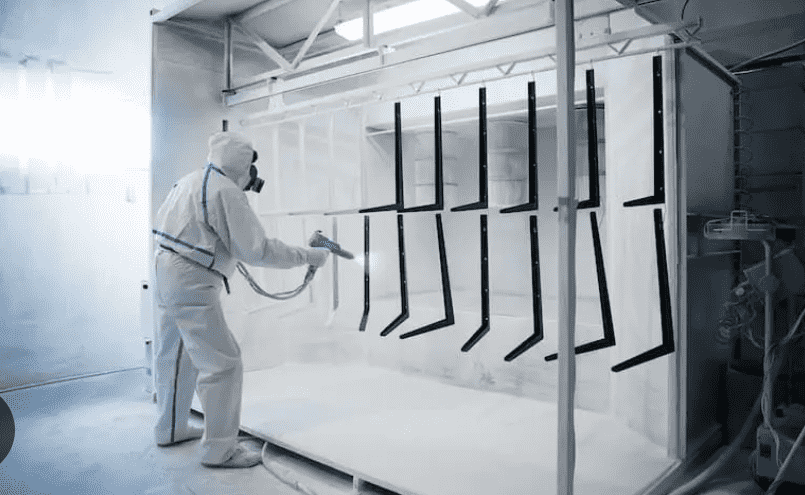Figuring Out the Usual Quirks with Powder Coating Ovens

When it comes to achieving that perfect finish with powder coating, the equipment used plays a critical role. Among the essential tools, powder coating ovens are at the heart of the process, ensuring that the powder properly cures and adheres to the surface. However, even with the best equipment, issues can arise that may affect the final outcome. Understanding the common quirks with powder coating ovens can help businesses and technicians troubleshoot and resolve problems before they impact the quality of the work. This blog delves into some of these quirks, providing insights into how to manage them effectively.
Uneven Heating Leading to Inconsistent Coating
One of the most common issues with powder coating ovens is uneven heating, which can result in an inconsistent coating. This problem often stems from improper calibration of the oven or malfunctioning heating elements. When the heat is not distributed evenly, some areas may not reach the necessary temperature, leading to a coating that is either too thin or not fully cured.
Inconsistent coating can significantly impact the quality and durability of the finished product. To address this, it is crucial to regularly check and maintain the heating elements and ensure that the powder coating oven is calibrated correctly. By doing so, technicians can achieve a consistent and even finish, ensuring that the coating adheres properly and lasts as intended.
Powder Clumping and Poor Adhesion
Powder clumping is another common issue that can occur during the powder coating process. This problem often arises when the powder is not stored correctly, leading to moisture absorption or contamination. When clumps form, they can cause poor adhesion, resulting in a finish that easily chips or peels away.
Proper storage and handling of the powder are essential to prevent clumping. Technicians should ensure that the powder is kept in a dry, controlled environment and that it is sifted before use to remove any clumps. Additionally, the powder coating oven must be operated within the recommended temperature range to ensure that the powder cures correctly and adheres firmly to the surface.
Temperature Fluctuations Affecting Cure Quality
Temperature fluctuations in powder coating ovens can significantly affect the quality of the cure. Inconsistent temperatures can lead to under-curing or over-curing, both of which can compromise the finish. Under-curing can result in a coating that is soft and prone to damage, while over-curing can cause the coating to become brittle and crack.
To mitigate this issue, it is essential to monitor the temperature inside the powder coating oven continuously. Installing reliable temperature controls and regularly calibrating the oven can help maintain a stable curing environment. By ensuring that the temperature remains consistent throughout the curing process, technicians can achieve a high-quality finish that is both durable and visually appealing.
Insufficient Ventilation Causing Surface Defects
Proper ventilation is critical in powder coating ovens to prevent surface defects. Insufficient ventilation can lead to the accumulation of fumes and moisture inside the oven, causing imperfections such as bubbles, pinholes, or craters on the surface of the coated item. These defects not only affect the appearance of the product but can also weaken the adhesion of the coating.
To prevent these issues, it is important to ensure that the powder coating oven is equipped with an efficient ventilation system. Regularly cleaning and maintaining the ventilation components can help avoid the buildup of contaminants that cause surface defects. By maintaining proper airflow within the oven, businesses can produce coatings with a smooth, flawless finish.
Overheating and Burnt Powder Coating
Overheating is another potential issue that can occur with powder coating ovens, leading to burnt powder coating. When the temperature inside the oven exceeds the recommended levels, the powder can scorch, resulting in a finish that is discolored, rough, and brittle. This can be particularly problematic for sensitive colors and materials that require precise temperature control.
Preventing overheating requires careful monitoring of the oven’s temperature settings. Technicians should regularly inspect the oven’s thermostats and heating elements to ensure they are functioning correctly. Additionally, it is important to follow the manufacturer’s guidelines for temperature settings and curing times. By doing so, the risk of overheating and burning the powder coating can be minimized, resulting in a high-quality finish that meets the desired specifications.





